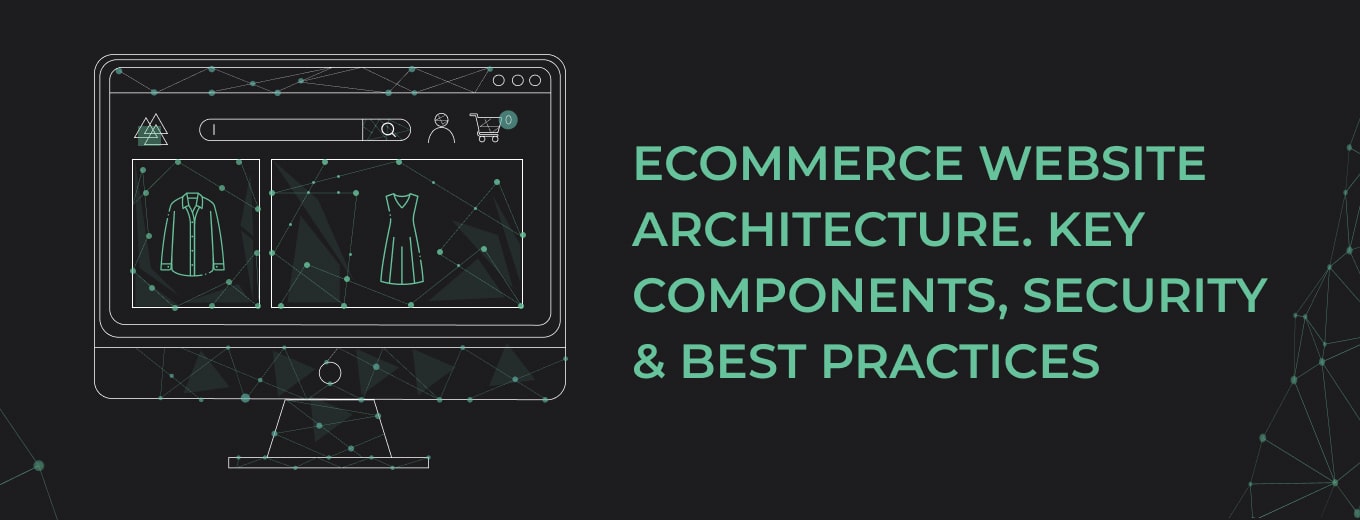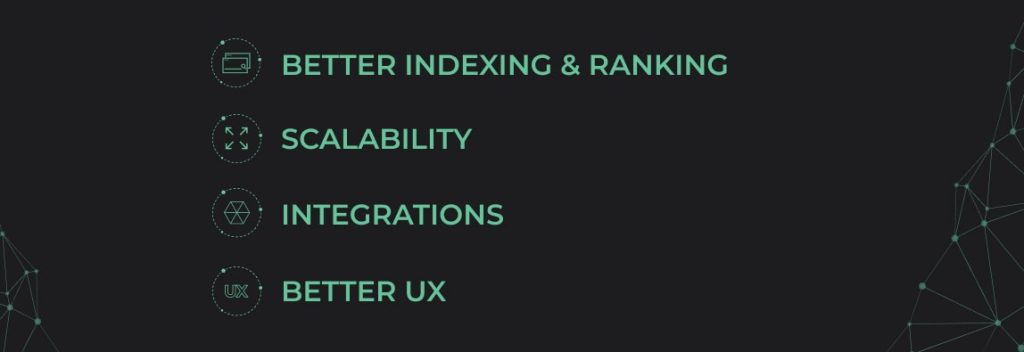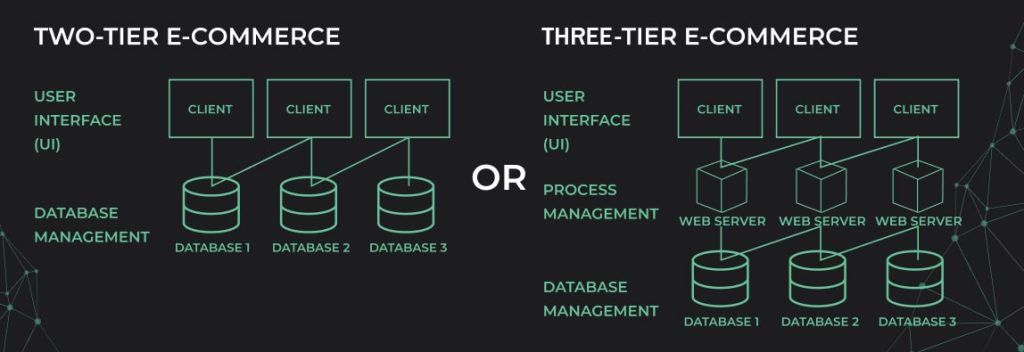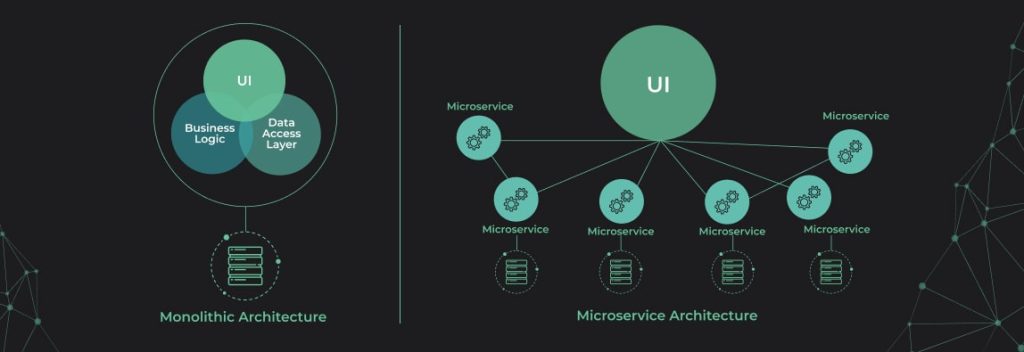
Svitlana Rakova
СОО



The digital transformation, restructuring, and scaling of business has various models & offers literally unlimited opportunities for entrepreneurs. In case you want to concentrate or shift to the online e-commerce business model you can choose either an existing platform (usually, a marketplace) or develop your own custom one. With the latter option being the most profitable & scalable one it’s important to consider all elements & stages of the development & launch, including e-commerce website architecture, its design, optimization, and promotion, along with the significant trends, shaping the industry.

With the growing quantity of online stores, the eCommerce landscape is becoming more competitive every day. To stand out, it’s crucial to create a website that attracts & retains users with a well-structured platform. This platform should be an optimal blend of usability & security. The benefits of running an adequately developed & supported website include the following:
However, to get the abovementioned benefits, you must also know what settings, features, and architectural elements are crucial for an efficient webpage. Let’s get to them now.
There are three primary choices for eCommerce website architecture. Each has its unique features & benefits so website architecture best practices are basically the correct choice of the one that works best for you.

This website architecture involves two business components: the client & the server. It’s ideal for startups due to its simplicity & cost-effectiveness. Both sides of the architecture run web applications, business logic, and client application. Typically, the client application runs on the client side, collects data, and passes it to the database server so the two sides communicate.
This architecture is very similar to the previous one, except it adds a business layer to the existing two-tier model. This allows a more customer-centric approach.
Each of them works as a separate module, having a different server.
This emerging trend leverages independent components within a single system to provide improved interactions and a multichannel user experience. Although this E-commerce microservice requires complex maintenance, it’s highly scalable & flexible which is a great benefit for further development.
Quality website architecture design offers numerous benefits, including improved user interface, SEO (and thus the improved ranking), easy third-party integration & scalability, and enhanced site security.

Another critical issue in creating an e-commerce website is its security. eCommerce businesses collect & handle sensitive customer data, making robust security measures absolutely essential. Let’s highlight best practices for keeping your online store secure:
Usability is crucial for the success of an online store. Focus on the following features to improve the user experience of your customers:
Ensuring readability is responsible for a user’s ability to perceive and digest information. If something is wrong with your site, it will immediately affect traffic. To improve readability, you should provide enough space between the elements, equally formatted paragraphs, and the presence of bulleted lists.
Navigation is an essential part of any website, especially for the sales segment, because thanks to navigation, you move around the site, search and purchase. No one likes to take too long to figure out how a site works, and the checkout process should be as simple as possible because customers don’t have a lot of patience. Implementing intelligent search and filtering is essential to find the product you want in one click.
Users have an impression of your site in less than 3 seconds; during that time, they can either wholly leave or stay. Your site should have a harmonious design, so the client can gradually learn your store and not scatter their attention to the different elements simultaneously; that’s why you need a visual hierarchy. Make sure to focus on your site’s main aspects, such as the catalogue and shopping cart buttons. The best experts in this are IT service companies because they know precisely how to make your site attractive. Centum-D supports its clients throughout the entire e-commerce site development process and handles everything from the site’s skeleton to design and post-launch support.
For a long time, simplicity and minimalism have been leading design trends that apply to website design. Users are also accustomed to the idea and, therefore, can intuitively anticipate where you have this or that information, such as contact information, often at the bottom of the screen. A search box in the header of the site. It is also essential to use harmonious colors, so they do not cut the eye. But this does not mean your site will merge with the rest because you can use different animation, feedback, and fonts, and most importantly, all know the measure.
If your site is too slow to load information, you risk losing many potential customers and therefore need to monitor this very carefully. The most optimal loading time for the user is no more than three seconds; if more negatively affects the user experience, it is frustrating, and as a result, users leave the page.
Today, the most frequent gadget for accessing the Internet is the cell phone, and therefore your website should be optimized for mobile devices. Your site should adapt to different screen extensions and have features useful to smartphone users, such as scroll buttons, sticky navigation bars, pinch-and-zoom for product photos, etc.
In conclusion, creating a successful eCommerce website involves attention to detail, understanding current & predicting future user preferences, and staying ahead of global trends & best practices. Balancing security, usability, and a positive UE is the actual key to a thriving eCommerce site.
Comments